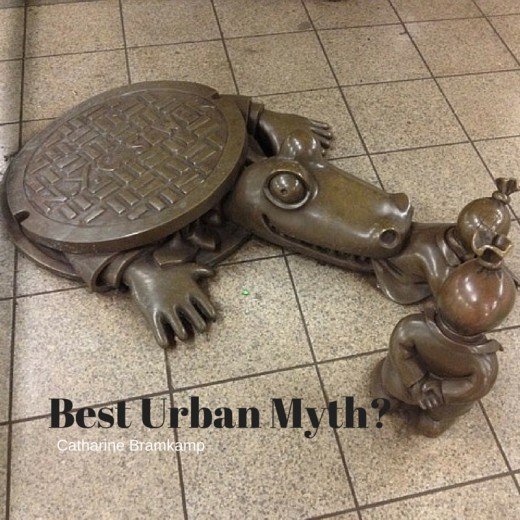Getting into the Head of Your Antagonists by Raina Schell

Let’s welcome back monthly columnist Raina Schell as she shares with us “Getting into the Head of Your Antagonists.” Enjoy!
***
I know there is a lot of information out there about this and the bottom line is that your antagonist needs to believe that what they’re doing is right, for whatever reason.
You can’t have an evil character for the sake of evil.
Most people don’t think they’re evil, although truth be told, I have run across some who prided themselves on it.
We call those people sociopaths, and they don’t usually make interesting characters unless they’re Dexter – and even in his case, he believed what he was doing was right.
Think about all the antagonists from your own life. If you were to ask them why they are so mean and hurtful they would all have “good” reasons, or say they weren’t being mean and hurtful and blame it on your interpretation.
Most likely a person is not born with this behavior, unless it’s pathological. They will have learned it in a variety of ways.
Here are six examples/reasons (motivation), though I’m sure there are more.
- From their caregivers and the way they were raised, i.e., their parents are mean people and this is what the person grew up seeing as normal behavior.
- From other key people in their lives, like a sibling, hero or a family friend. i.e., someone influential in their lives acted on this nasty impulse.
- They may have developed a mean attitude as a way of dealing with other people, i.e., it could be from one specific incident that changed their lives like the death of a significant person or a series of incidents like being bullied in school that led them to develop a hardness to protect themselves from feeling pain.
- They saw influential people in their lives being kind to others and getting taken advantage of and thus chose to be mean in order to “get ahead” in life and not be a dishrag.
- They may have been a past victim of violence and developed a shell to deal with it or they have a revenge motive.
- A life changing health event could have propelled them towards supreme nastiness, i.e., they were a rising football star and became injured and could no longer play football.
Most authors choose #3 and develop a backstory for the antagonist, but any of these options can be flushed out nicely.
The antagonist’s motivation should also be connected to their goal, which according to the book Take Off Your Pants, should be the same goal as your main character.
Examples of Antagonists
The TV show Daredevil is a great example of a fully realized and well-rounded antagonist. Wilson Fisk is an evil character but as we get to see his childhood, we understand how he developed into what he is today.
Sense8 has a great antagonist as well, Silas Kabaka. The character, who is quite cruel to people, has a daughter that he loves more than anything else in the world and would sacrifice everything for.

“Per the book Take Off Your Pants an antagonist offers a different way of seeing. As the ‘photo negative’ of your main character, he could have been your main character if his path through life had been just a little bit different. The antagonist has to want the goal as badly as your main character does. Show the reader why he wants it.”
Take the time to flush him or her out. Make them authentic and believable with motivations we can accept. Then take your character, the one that everyone loves to hate and escalate him to a new level.
***
ABOUT THE AUTHOR
 Raina Schell is a vagabond. She lives where the tide takes her. The only constant in her life is her trusty laptop. She doesn’t live in a tidy little house. Her dreams aren’t surrounded by a white picket fence. She has no family but spends her free time with a black and white bunny rabbit named Fred.
Raina Schell is a vagabond. She lives where the tide takes her. The only constant in her life is her trusty laptop. She doesn’t live in a tidy little house. Her dreams aren’t surrounded by a white picket fence. She has no family but spends her free time with a black and white bunny rabbit named Fred.
www.RainaSchell.com
Like Raina on Facebook
Follow Raina on Twitter






